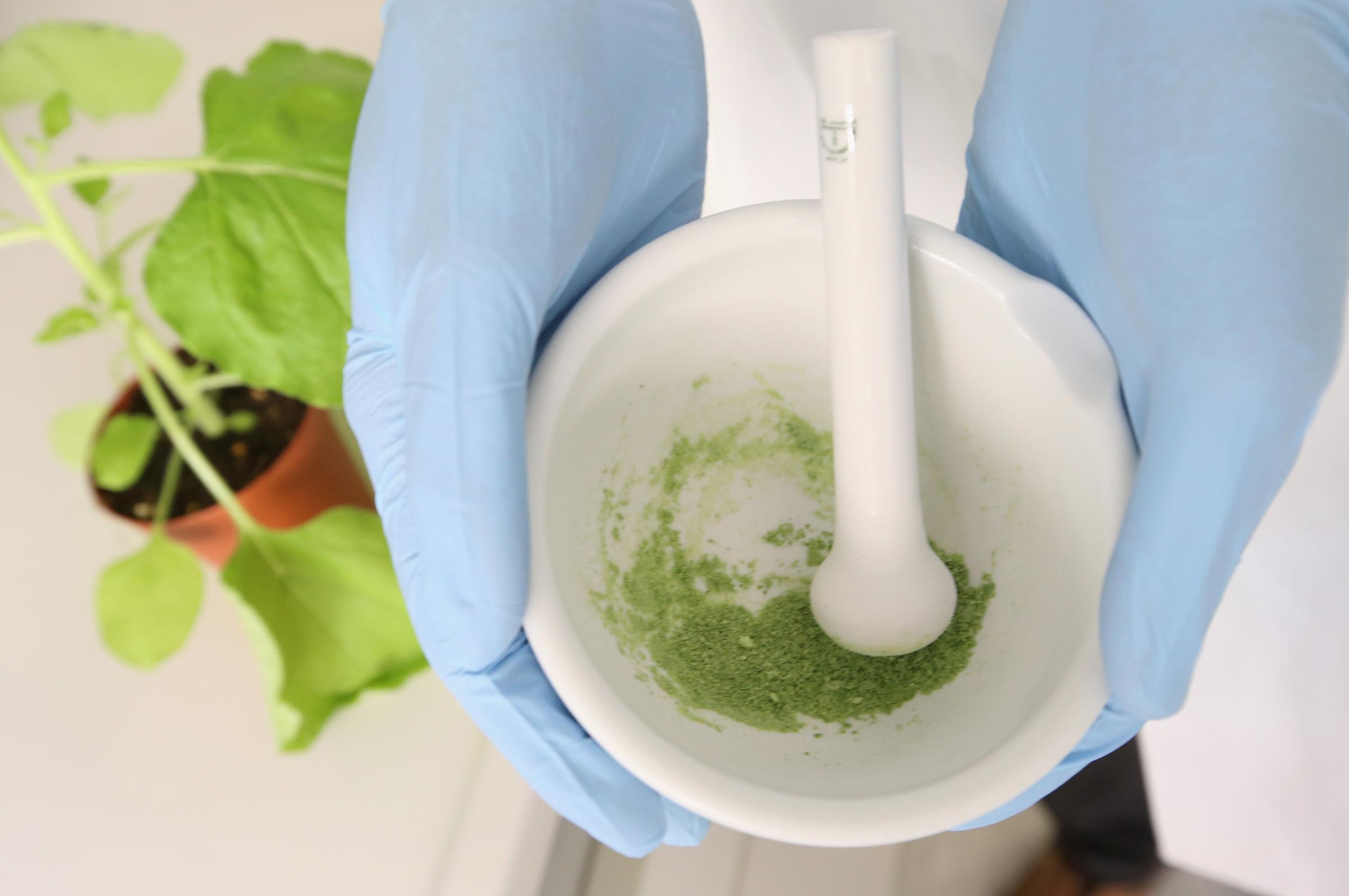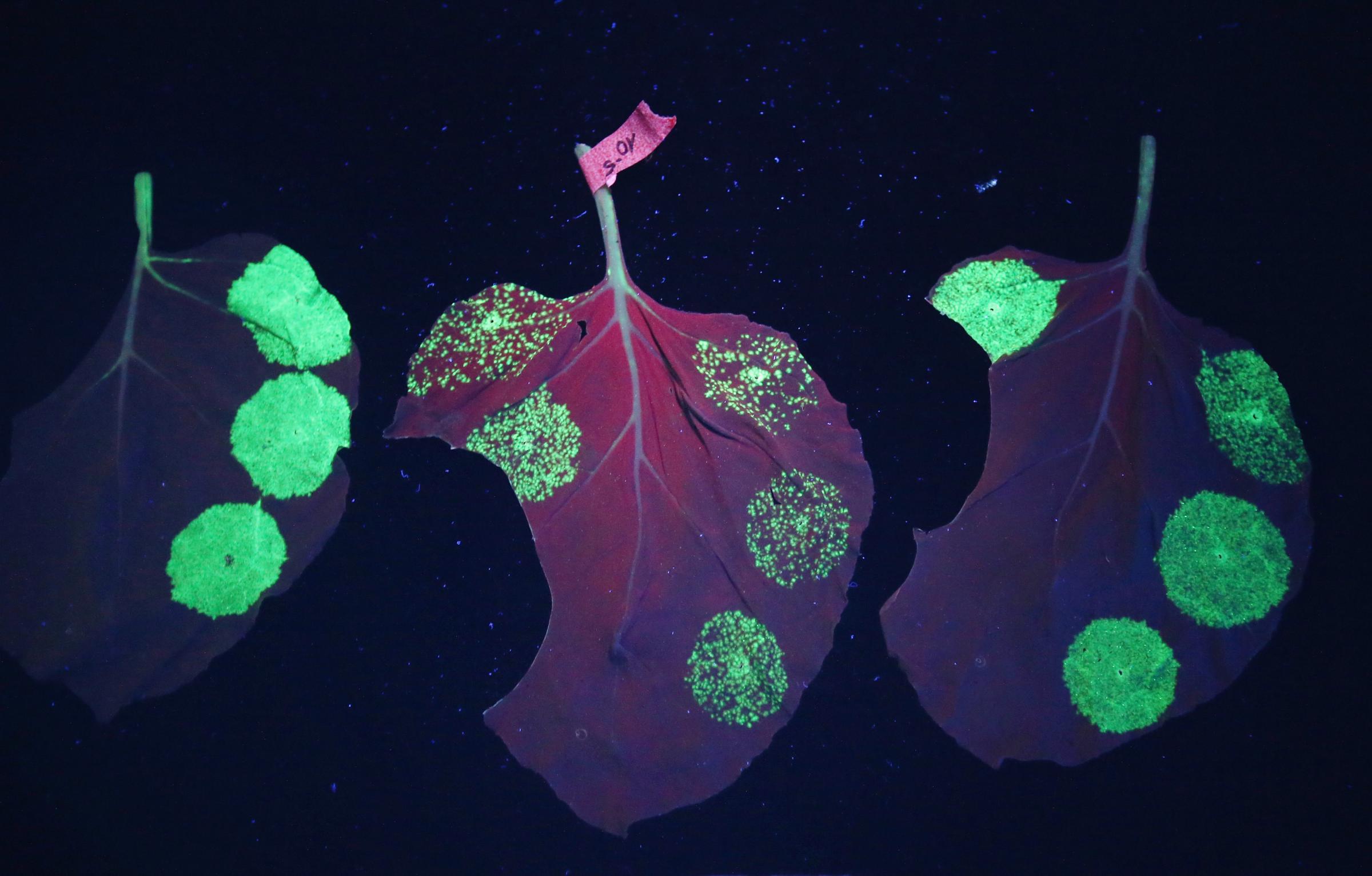Nina Pham, one of the two Texas nurses who contracted Ebola in the United States, will be moved from Texas to Maryland for specialized care Thursday.
At the request of Texas Health Presbyterian Hospital, the 26-year-old will be transferred from Dallas to an isolation unit at the National Institutes of Health in Bethesda. The NIH is one of four facilities in the U.S. that is specifically equipped to treat Ebola, NBC News reports.
See The Tobacco Leaves That Could Cure Ebola






Amber Vinson, the other Texas Health Presbyterian Hospital nurse who tested positive for the virus, was moved on Wednesday to an Ebola-ready facility at Emory University Hospital in Atlanta.
Both Pham and Vinson had helped treat Thomas Eric Duncan, the Liberian man who became the first person in the U.S. to be diagnosed with Ebola, and who died last week. Pham, who was diagnosed Sunday, recently said she is “doing well” and is optimistic about her recovery.
“The NIH Clinical Center’s Special Clinical Studies Unit is specifically designed to provide high-level isolation capabilities and is staffed by infectious diseases and critical care specialists,” the NIH said in a statement. “The unit staff is trained in strict infection control practices optimized to prevent spread of potentially transmissible agents such as Ebola. No additional details about the patient are being shared at this time.”
More Must-Reads From TIME
- The 100 Most Influential People of 2024
- Coco Gauff Is Playing for Herself Now
- Scenes From Pro-Palestinian Encampments Across U.S. Universities
- 6 Compliments That Land Every Time
- If You're Dating Right Now , You're Brave: Column
- The AI That Could Heal a Divided Internet
- Fallout Is a Brilliant Model for the Future of Video Game Adaptations
- Want Weekly Recs on What to Watch, Read, and More? Sign Up for Worth Your Time
Contact us at letters@time.com